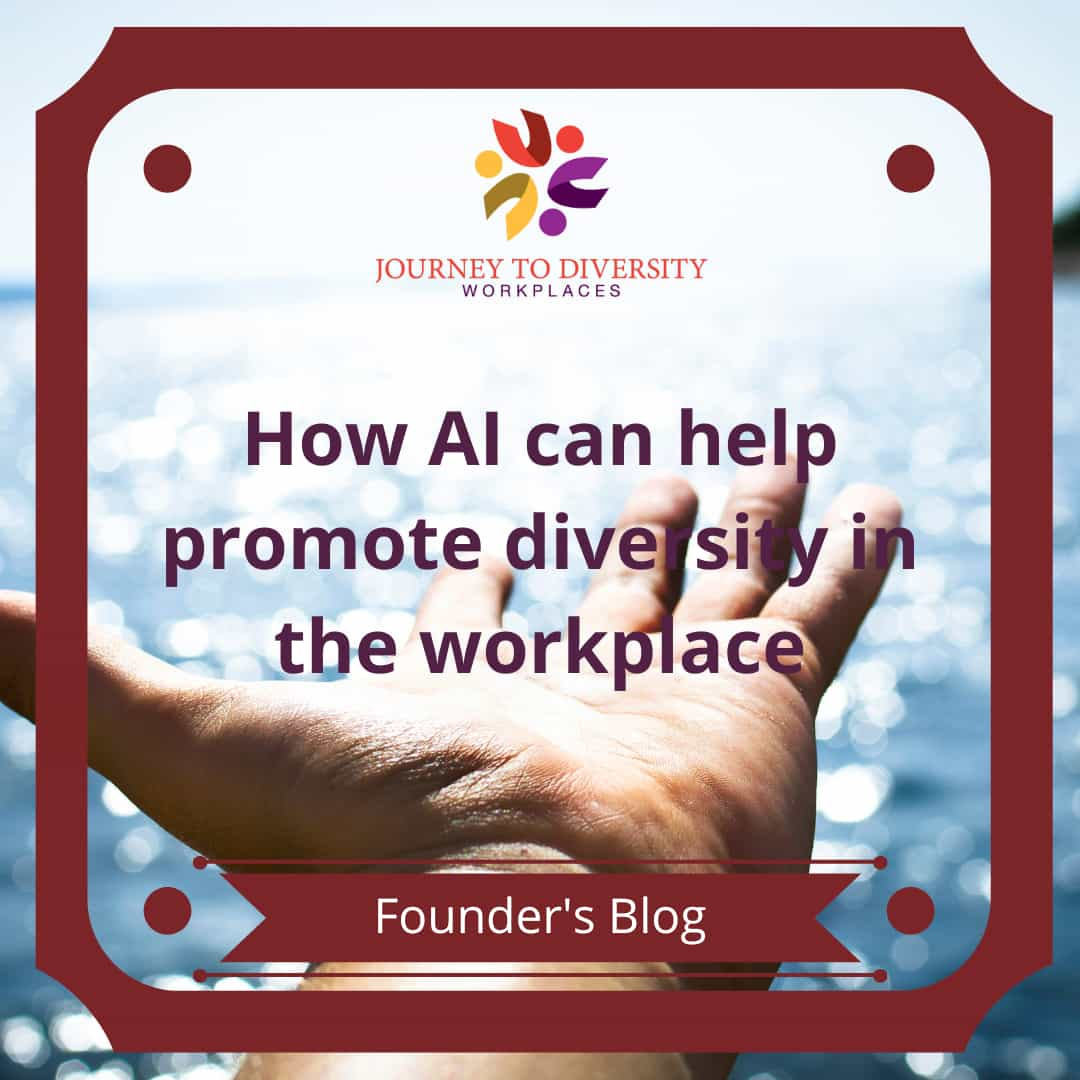In today’s world, diversity and inclusion are crucial elements of any successful business. A diverse workforce brings different perspectives, experiences, and backgrounds, which can lead to increased creativity, innovation, and problem-solving abilities. However, achieving diversity and inclusion in the workplace is not always easy. That’s where artificial intelligence (AI) comes in.
AI can help organizations promote diversity in several ways. Here are some examples:
1. Removing Bias in Hiring
One of the biggest challenges when it comes to diversity in the workplace is bias in the hiring process. Many recruiters and hiring managers unknowingly harbor unconscious biases that can influence their decisions, leading to a lack of diversity in the workplace. AI can help remove this bias by providing a more objective evaluation of candidates. For example, AI can analyze resumes, cover letters, and other job application materials and identify candidates based solely on their skills, qualifications, and experience, rather than factors such as gender, ethnicity, or age.
2. Improving Employee Retention
Once a diverse workforce is established, it’s essential to keep it that way. However, studies have shown that many employees leave their jobs due to a lack of inclusion or feeling like they don’t belong. AI can help improve employee retention by monitoring employee engagement and identifying potential issues that need to be addressed. For example, AI can analyze employee surveys, social media posts, and other data to identify patterns and provide insights into how employees are feeling about their work environment.
3. Providing Personalized Training
Another way AI can help promote diversity in the workplace is by providing personalized training for employees. Everyone has different learning styles and preferences, and AI can help tailor training programs to meet the needs of each individual employee. This can help ensure that everyone receives the training they need to succeed and can help prevent employees from feeling excluded or left behind.
4. Encouraging Collaboration
Diversity can lead to increased creativity and innovation, but only if employees are willing to collaborate and share ideas. AI can help encourage collaboration by providing a platform for employees to share their ideas and opinions. For example, AI-powered collaboration tools can facilitate communication between employees and help break down barriers that may exist between different departments or teams.
5. Ensuring Fair Performance Evaluations
Performance evaluations can be a significant source of bias in the workplace, leading to unfair treatment of certain employees. AI can help ensure fair performance evaluations by analyzing data such as employee productivity, attendance, and project completion rates. This can provide a more objective evaluation of each employee’s performance and help eliminate bias.
6. Facilitating Diversity Training
Finally, AI can help facilitate diversity training in the workplace. Many organizations offer diversity training programs to help employees understand the importance of diversity and inclusion and provide tools for promoting a more diverse workplace. AI can help facilitate this training by providing personalized training programs, tracking employee progress, and providing feedback to employees and trainers.
In conclusion, promoting diversity and inclusion in the workplace is essential for any organization that wants to succeed in today’s world. AI can play a significant role in achieving this goal by removing bias in hiring, improving employee retention, providing personalized training, encouraging collaboration, ensuring fair performance evaluations, and facilitating diversity training. By leveraging the power of AI, organizations can create a more diverse and inclusive workplace that benefits everyone involved.
This article was written by ChatGPT.

